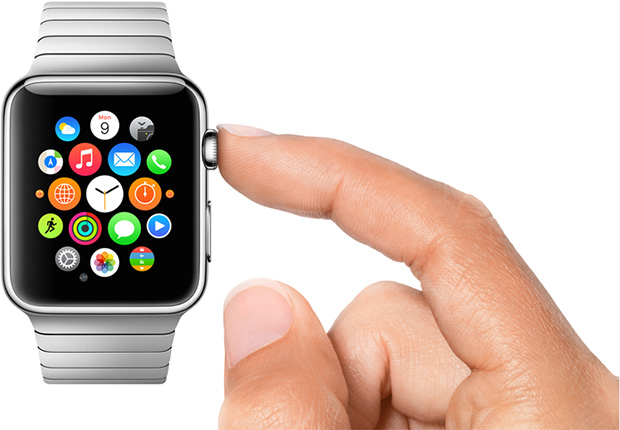watchOS Apps Must Be Native By June 1st To Boost Apple Watch Performance
If you’re an Apple Watch user, chances are that you’ve spent a frustrating amount of time staring at your smartwatch’s display screen, waiting for it to accomplish a task. Be it pulling up a map or something as simple as retrieving weather information, using your Apple Watch for anything actually useful (other than telling time and viewing notifications) can be a test of your patience.
To combat this performance headache, Apple is requiring that all watchOS apps be native (and built using the watchOS 2 SDK) by June 1st. When the Apple Watch launched last year running watchOS 1.0, only Apple apps were granted “native” status. All third-party apps, on the other hand, had all the heavy lifting and processing done on the iPhone, and were then streamed overt the Apple Watch. When watchOS 2.0 launched last fall, third-party apps were granted the ability to run natively on Apple Watch’s S1 SoC.

In theory, making all Apple Watch apps native should result in a speed increase across the board for users, but we have to take into account that the S1 isn’t exactly a powerhouse processor, and we still have a tiny 205 mAh battery that we have to contend with on the 38mm watch (246 mAh on the 42mm). So while you may see fewer loading screens, they won’t be completely eliminated.
While this is just a small advancement in the ongoing development the Apple Watch and watchOS, it’s a welcome improvement to one of its biggest negatives. Perhaps we’ll see some more issues addressed along with new features at this year Worldwide Developers Conference, which is scheduled to start on June 13th. We’re expecting to get our first glimpse at iOS 10, macOS 10.12 and watchOS 3.

